Month: May 2016
Hexagon Hive
More photos of our Hexagon Hive screen showing different privacy levels at different angles:








Parametrics for Thesis – Wanting She
Hey, I used what I learned from this class to do my thesis :) . Just want to share it.
My thesis addresses people’s sense of time and explores interior design to reduce their negative feelings during the waiting process. I explore this through building a modular system made of changing materials, volumes of space and quality of light inside the module to blur people’s perception of time, invite them to get involved and distract them from waiting while functionally meeting their physical needs to increase their potential and patience for waiting. The module is designed to accommodate most line situations and to fit within a variety of street and sidewalk conditions in New York City.
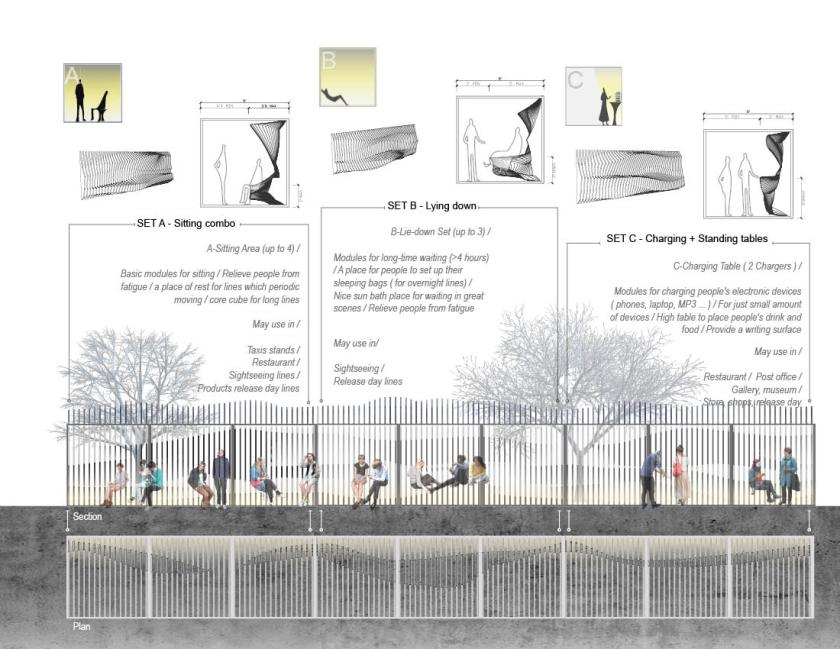





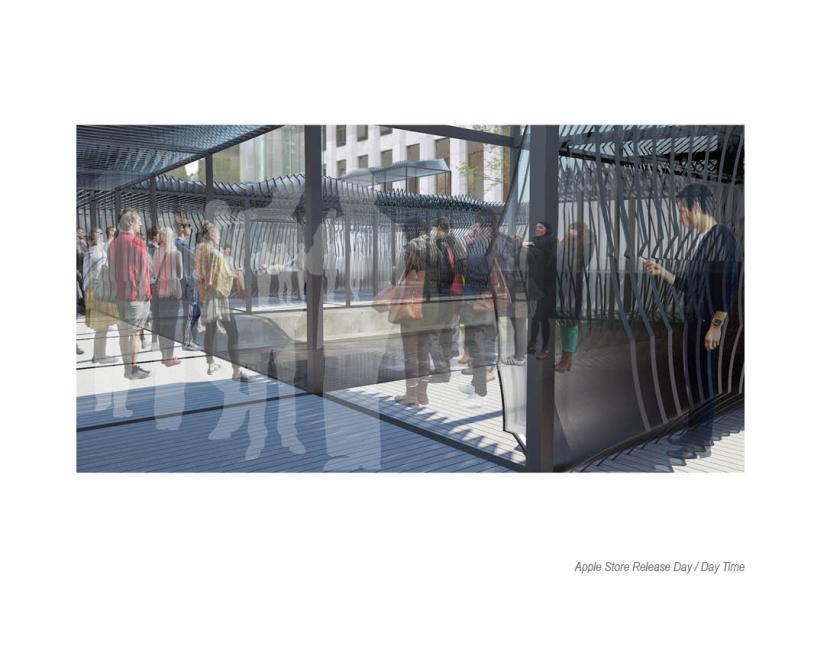
Product Family – Wanting She
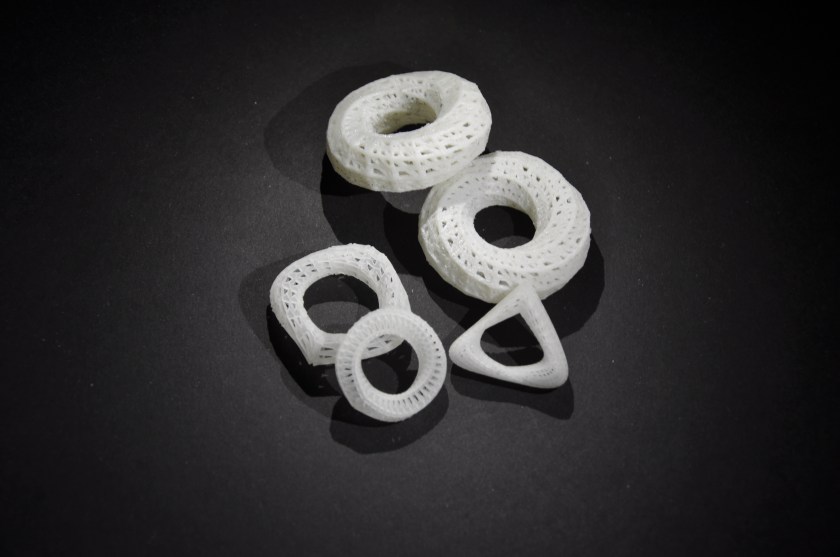




PRODUCT FAMILIES, NAPKIN RINGS
Weekly Post
Privacy Screen
Privacy Screen
Team Junyu Cao, Wanting She, Qiao Ding
The design of the privacy screen attempts to elaborate the process of fabrication and manufacturing. This concept can be traced back to the discussion of the computer-generated design, aka: Parametrics, versus human-hand-generated design. As a part of the requirement, we have to fabricate a full-scale privacy screen by hand after writing a Grasshopper definition. The combination of the two was read as the collaboration between computer and human-hands.
And to celebrate the harmony and contradictory, the design of the privacy screen intentionally shows the trace and marks during the fabrication. The size and thickness of the screen were determined by the accessible materials. The process of dividing chipboard was involved as well. Cracks at joint and relics of white glue and hot glue were kept. The opening on the side of the wall shows the interior structure of the wall and the taps that help gluing, while also helps our hands to go in and out during manufacture.
In addition to above, the design attempts to allow audience to perceive the screen in a more three-dimensional way; not only observe it from its back and front, from side to side, but also from top to the bottom. In order to achieve that, the inner triangle was tilted up, especially at the bottom rows, so that audience could observe the interior of the bottom from regular eye level.
Aperture Strata Privacy Screen

By Pam Chaiyachakorn, Nina Djurkovic and Ana Vasquez
The Aperture Strata privacy screen was inspired by the naturally occurring veining found in leaves in nature and the work of La Voûte de LeFevre by Matter Design Studio. By combining vornoi driven definition and attractors that control the opening of the apertures on the screen on a graphmapper, we were able to create variations of privacy by the movement of our attractors affecting aperture size.
Our team chose to use birch plywood for our material specifically for the richness and depth it would provide when the different layers of the plywood would be exposed. We decided that having our screen CNC milled would be our best option in executing our design that includes a movement from sharp geometric shapes to soft organic shapes. Due to the long milling time and limited hours at Pratt’s CNC mill, we did not have enough time to combine the panels below back to back.
Here are the variation of our panel: Final Group Presentation-Pam-Nina-Ana

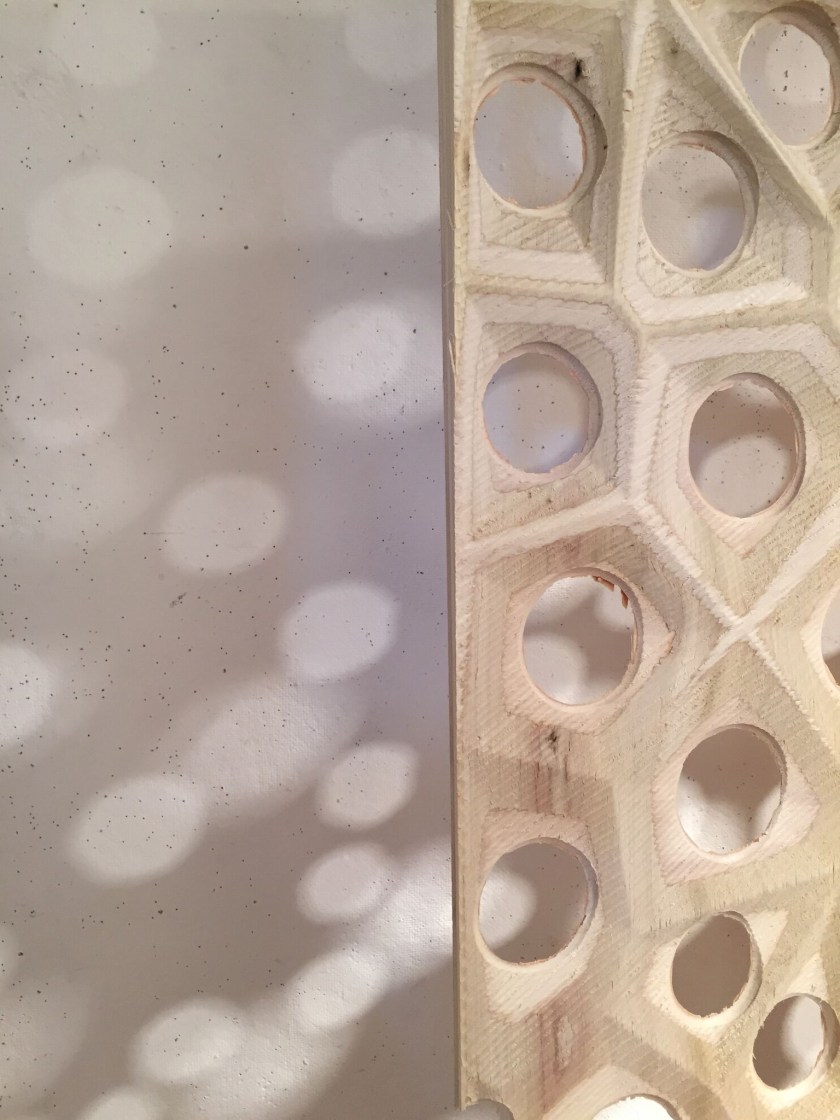


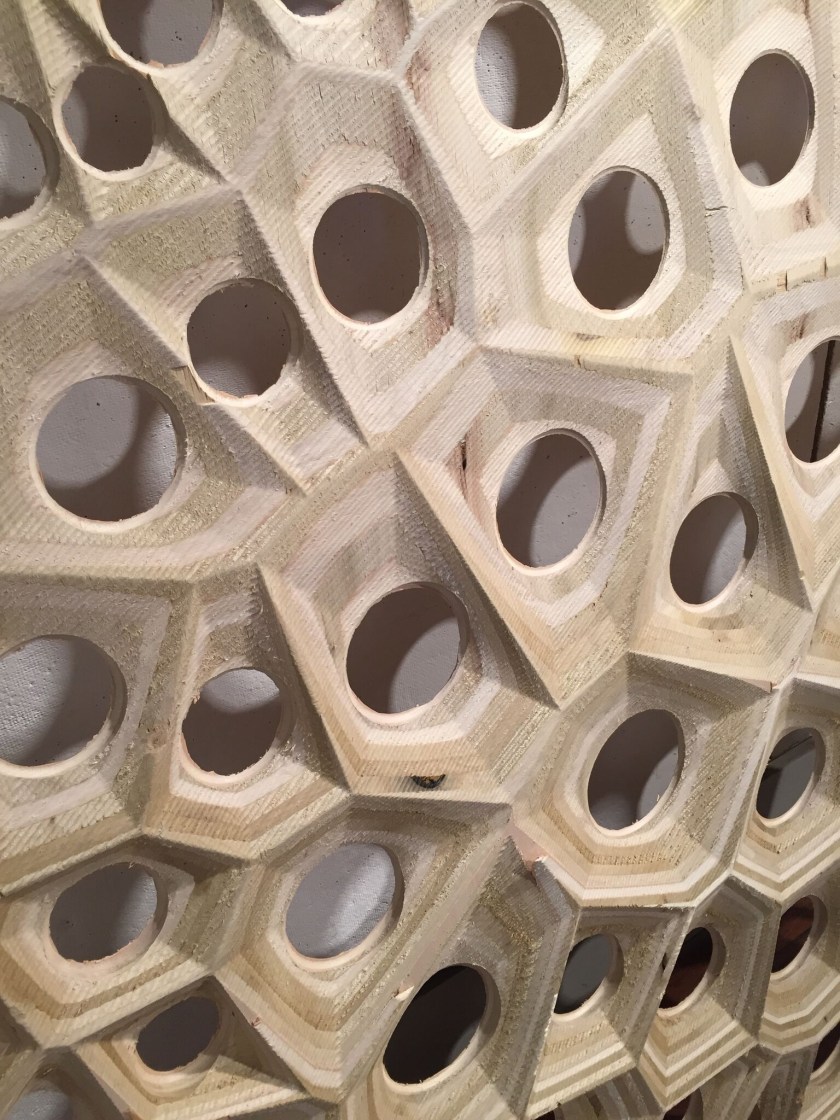
PRODUCT FAMILY PRINTING XIAOJING

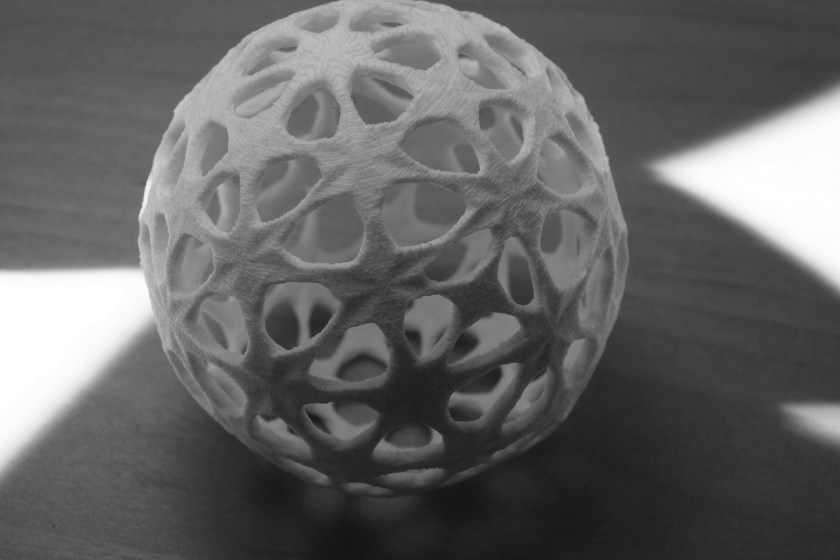
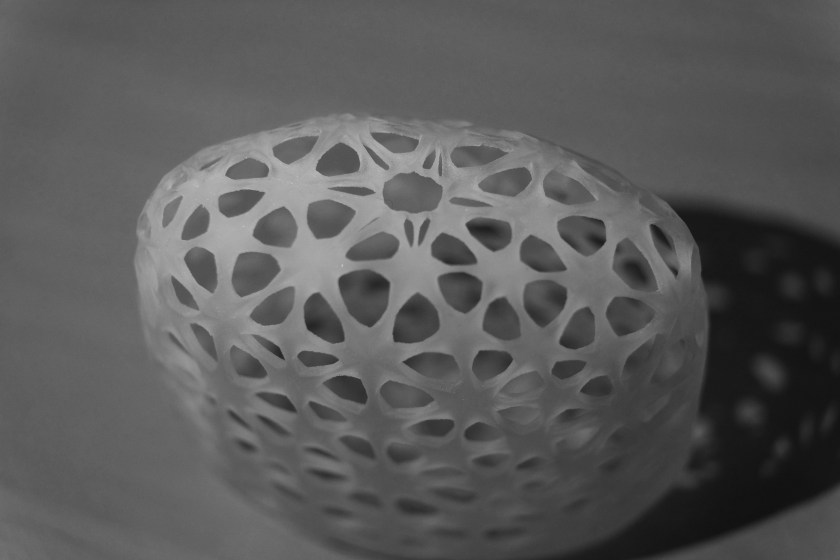
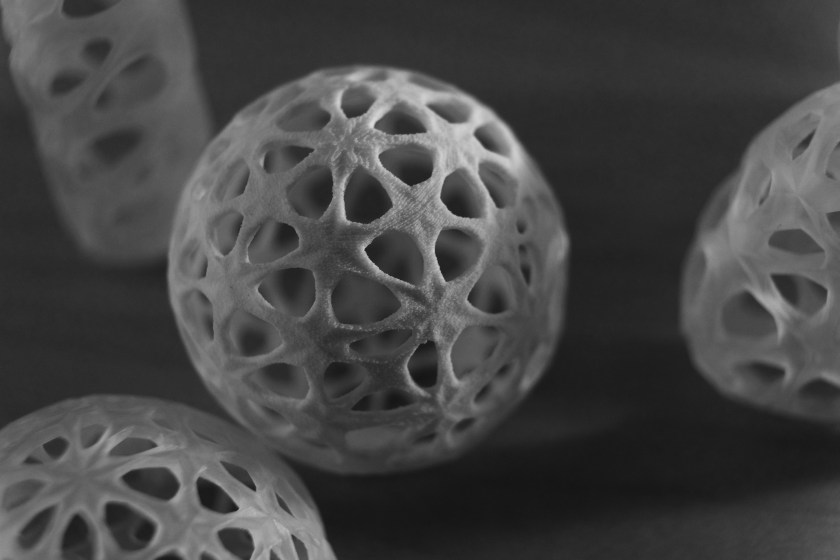
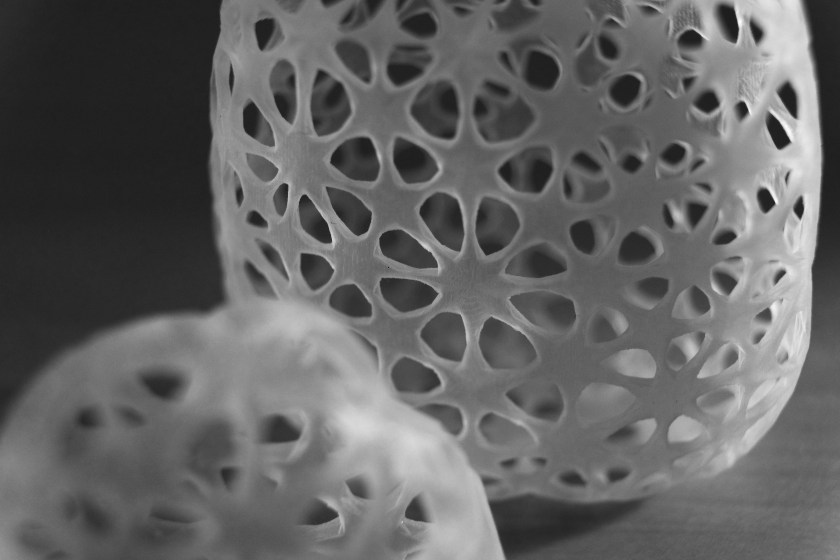

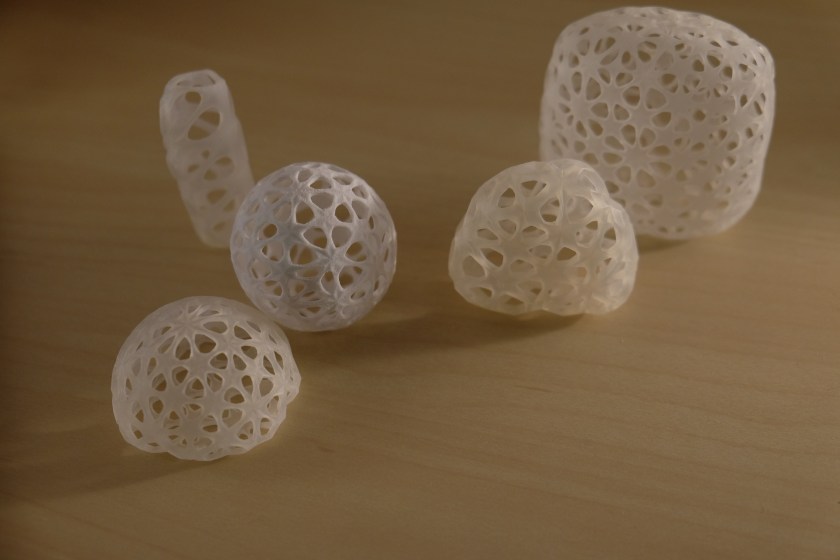






















You must be logged in to post a comment.